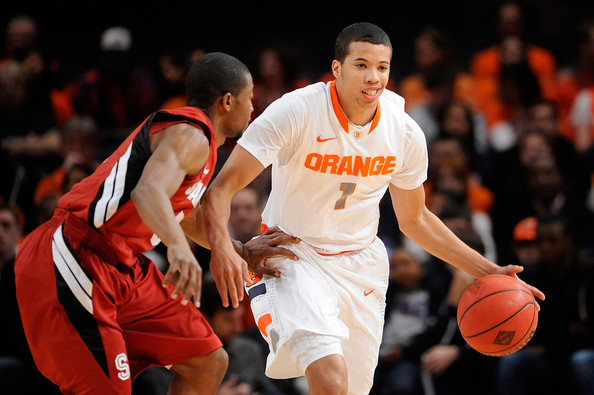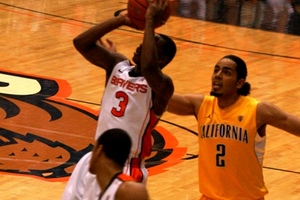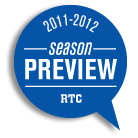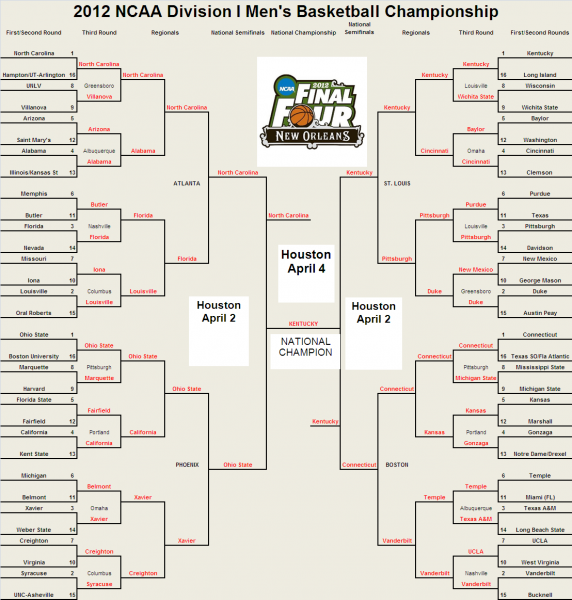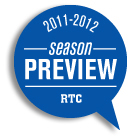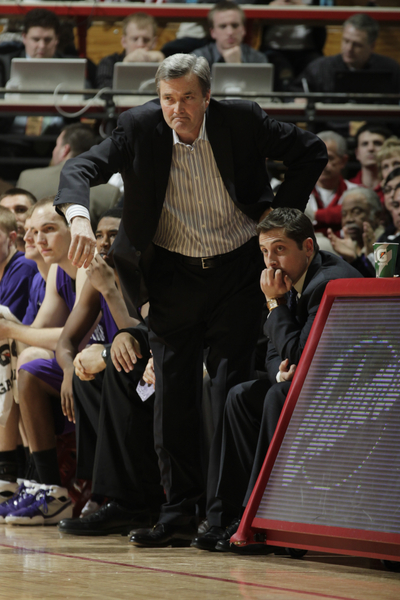The Other 26: Saturday’s Top Five Bracketbuster Games and More…
Posted by IRenko on February 22nd, 2013This weekend marks the end of the decade-long Bracketbuster era — or experiment, depending on your perspective. Sadly, if appropriately, it looks like the event will go out with more of a whimper than a bang. Not a single game features a top 25 team, resulting in little hype for this year’s slate. But for true mid-major basketball fans, no top 25 ranking, or lack thereof, is going to dissuade them from devouring the late season, inter-conference action among the country’s best, under-the-radar-until-March teams. Here’s a preview of the five Bracketbuster games we’re most looking forward to, followed by an updated Top 10, our weekly honor roll, and the most compelling non-Bracketbuster games of the coming week.
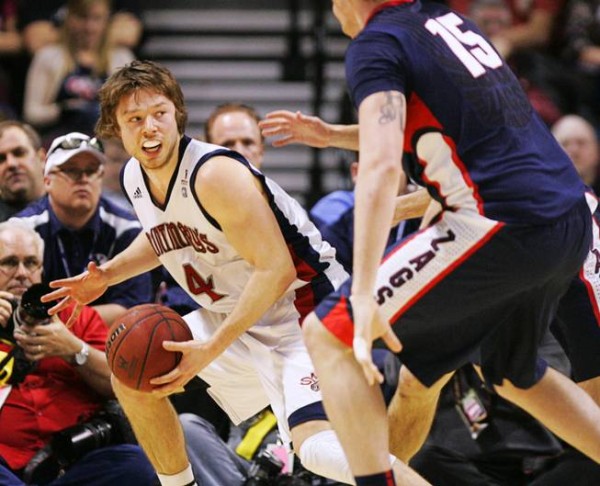
Can Matthew Dellavedova And His Prominent Mouthpiece Lead the Gaels to a Much-Needed Win Over Creighton? (Las Vegas Sun / Sam Morris)
- Creighton at St. Mary’s (6 pm, ESPN) — Both teams enter what is perhaps the premier Bracketbuster matchup with a great deal to prove. Creighton’s hot 17-1 start has given way to a rough 5-5 stretch, as the depth of the MVC has taken its toll. In four of those five losses, Creighton’s once unstoppable offense slowed to a pace of less than a point per possession. An at-large Tournament bid remains a safe bet, even with a loss to St. Mary’s, but the Bluejays are no doubt looking to this game to reignite their offense and their season. St. Mary’s, on the other hand, is in desperate need of a quality win for its Tournament resume. Having been swept by Gonzaga, Saturday’s matchup is a virtual must-win for the Gaels. Both teams have highly efficient offenses that rely heavily on the three-point shot. Whichever defense can step up its game may emerge with the win.
- Ohio at Belmont (10 pm, ESPN) — This should be a really entertaining game between two teams who love to run and gun. But for the colors of their jerseys, it may be hard to tell the two apart, as the Bobcats and Bruins have remarkably similar statistical profiles. Both are high-possession squads that shoot more than 40 percent of their field goals from three-point range and rank in the top 20 nationally in forcing turnovers. Both have high effective field goal percentages, but rebound poorly and allow their opponents to shoot far more free throws than they do. Toss in a great point guard matchup between seniors D.J. Cooper and Kerron Johnson, and you have the ingredients for a great nightcap to the day’s action.
- South Dakota State at Murray State (8 pm, ESPN2) — Neither team is as good as it was last season, but both returned their star player. And it’s their matchup at the point guard spot, with Nate Wolters squaring off against Isaiah Canaan, that makes this a must-see game. The two players are the heartbeats of their respective team’s offenses. Each uses roughly 30 percent of all possessions, ranking them in the top 50 in the country. Wolters has been on a particularly nasty tear of late, averaging more than 33 points over his last five games, though two of his 30-plus efforts in that stretch were in defeat. Canaan, meanwhile, is coming off his own 35-point outburst in a win over Morehead State.
- Detroit at Wichita State (4 pm, ESPN2) — Wichita State has bounced back from a recent three-game swoon with a four-game win streak that includes two close victories over Illinois State and Indiana State this past week. They’ll be the favorites against Detroit, but his game has definite upset potential. Detroit is on the upswing, winning six of their last seven, and developing a potent offensive attack with a multitude of options, from Ray McCallum’s attacking ability to Jason Calliste’s three-point shot to Nick Minnerath’s versatile inside-out game to Doug Anderson’s physical interior play. The Titans will try to push the tempo, while the Shockers will try to slow things down and pound the ball inside to their big men Cleanthony Early and Carl Hall, who may find success against Detroit’s mediocre interior defense.
- Denver at Northern Iowa (8 pm, ESPN3) — After a rough 4-6 start to MVC play, Northern Iowa has righted the ship and fought its way back to where we thought it would always be — at the top of the league standings, just a step behind Wichita State and Creighton. They face a Denver team that has flown a bit under the radar, recovering from a slow start to the season to win 13 of their last 14 games. A trip to Cedar Falls will be a test of just how far the Pioneers have come. Expect a low-possession, halfcourt-oriented game, with a steady barrage of three-point shots. The Panthers have a balanced attack, with five players averaging between 9 and 13 points. Denver will turn primarily to Chris Udofia, the versatile forward who is the hub of their Princeton offense.
And now on to our updated Top 10 rankings, weekly honor roll, and the (other) games we’re keeping an eye on …






























